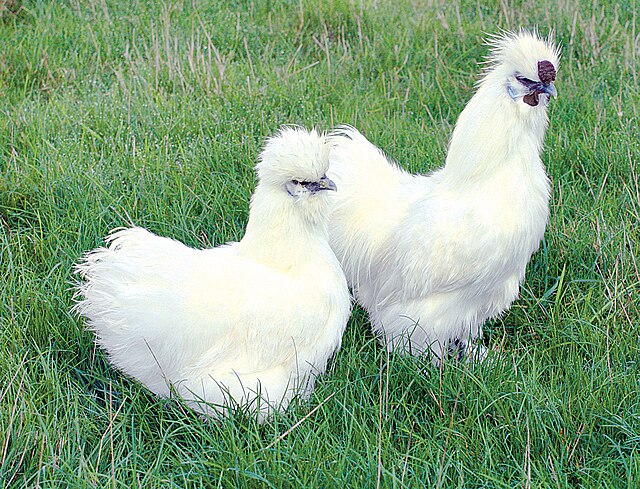People in the United States are renting chicken for eggs like there is no tomorrow over bird flu-related egg inflation.
Although plant-based eggs abound, Americans are still adamant for the real thing whose prices now average $4.95 a dozen.
Luckily, longterm rental firms have made leasing a backyard layer or two cool and even professional.
One of these, Rent The Chicken, told CBS of booming orders ever since egg prices soared 15% year-on-year, January 2025.
With its lease of six months, the entity is enabling folks to enjoy backyard eggs and encouraging poultry rearing.
Is it Cheaper?
One persuasive factor on renting rather than raising chicken or buying eggs is that it could be safer if not cheaper.
For one, both live bird prices and feed have ticked up recently due to demand overreaching supply.
Such demand has helped a company in Houston, Texas, double or triple its layer sales to 100 units a week. One of its customers cites buying ten layers at $400 or $10 per live bird, same as the highest price of twelve large eggs.
Renting hens in its part brings five to six eggs weekly from a single layer or roughly 289 eggs a year. In context, the U.S.’ egg consumption rate is 284 eggs per capita or $300 in annual spending.
Euthanizing Birds
Rearing chicken in the backyard has begun to make sense following ongoing mass euthanization drives in large-scale poultry plants.
In December 2024, an Iowa firm had to cull some 2.4 million layers after a U.S. Department of Agriculture (USDA)’s order.
In context, the American chicken population declined by 21 million head since the latest bird flu strain of early 2024.
The current biting egg/chicken shortage in 2025 however has an immediate tangible cause: the culling of 13.2 million birds in December 2024 alone.
Like chicken, eggs’ output also fell victim in 2024 after a December 2023 production hike of 3%, year-on-year.
Hence, it is no longer surprising to learn that Americans are renting hens the way one leases a piece of land. For extra bits like these, below is the statistical picture on renting layers in the United States.
Statistics on Renting Chicken in the United States
Renting chicken in the U.S. partially owes to rising egg consumption, price hikes and declining layer numbers due to avian influenza. Beginning 2019, the head count of layers decreased by 11% from 337 million to 304 million in January 2025. Thus the chicken count does not mirror the current U.S.’ population of 340 million people, like in the past.
Besides, federal egg consumption rose by 20% from 250 pieces per person per year in 1998 to 279 in 2018. Capping it all, the avian influenza has slumped the layer population by 21 million head in 2024 alone. This is why renting hens has gradually peaked, especially in the 2015-2025 decade.
When did renting chicken business begin?
Chicken rentals were in vogue in 2015 at a cost of $400 per 2 hens with their coop, for half-a-year lease.
How much did chicken rentals cost in February 2025?
Between 2015 and 2025, costs of renting chicken appreciated by 20%. By February 2025, some companies were offering packages of $500 per five to six months of lease, according to ABC.
Are there operating costs in layer rentals?
Feed and winter lighting costs may bring the weekly expenditure of raising rental eggs to $20. Estimates put the daily feed intake per layer at between $0.05 and $0.10 or around 1/3rd to 1/4th pound of feed. This makes the rental almost at par with grocery egg costs.
Do hen rental agencies alleviate costs?
For at least $400 per 2 hens for six months, most rentals also include a coop or hatchery. According to Fox Atlanta, some like Rent The Chicken, also throw in 200 pounds worth of feed. Since a chicken needs a maximum 1/4 pound feed daily, this means this feed inclusion can last approximately 2 months.
